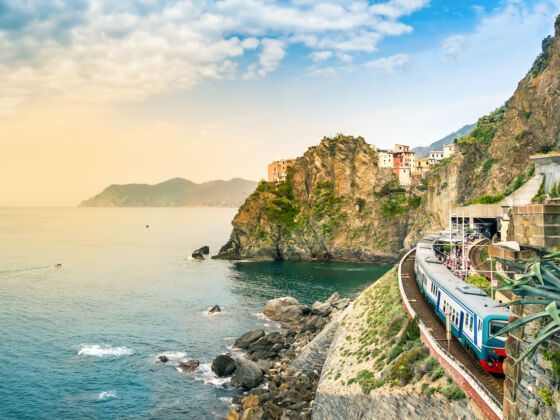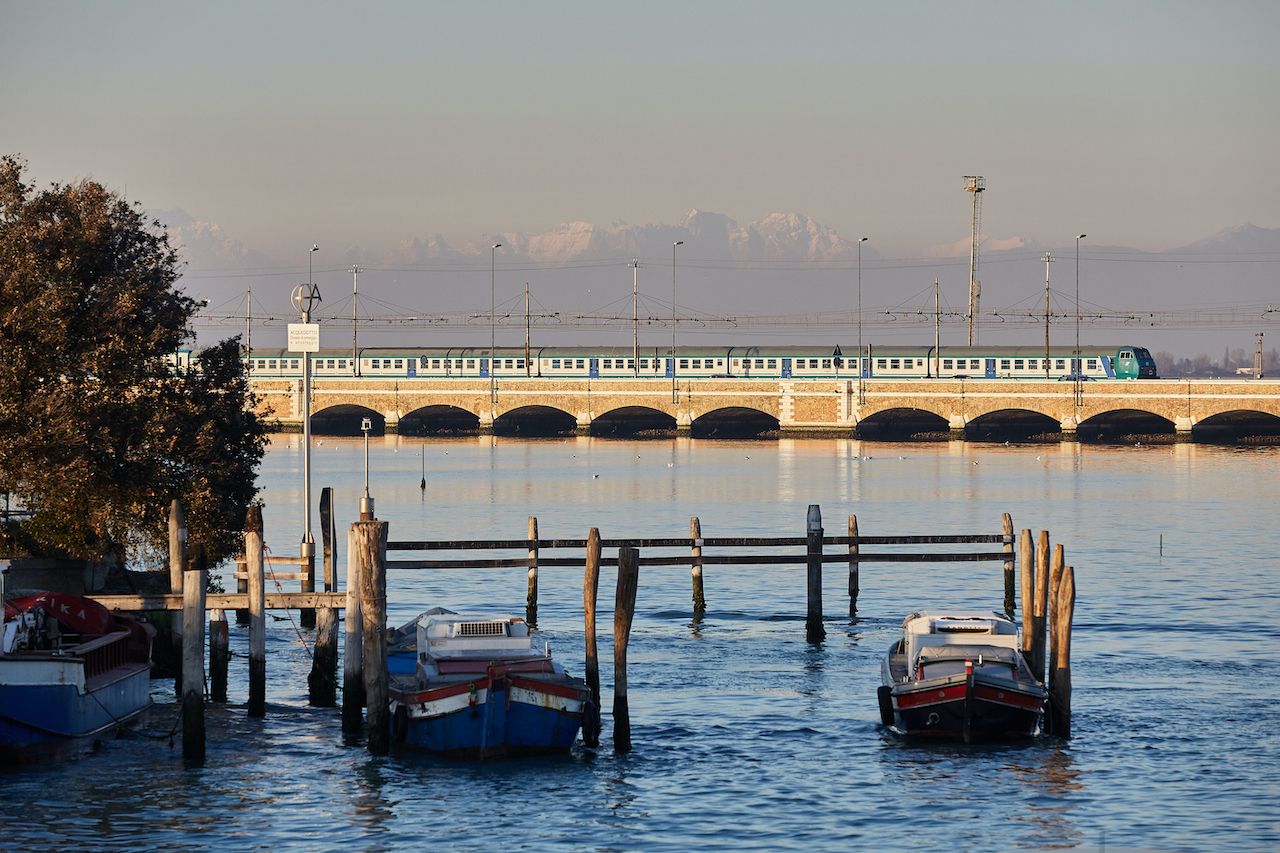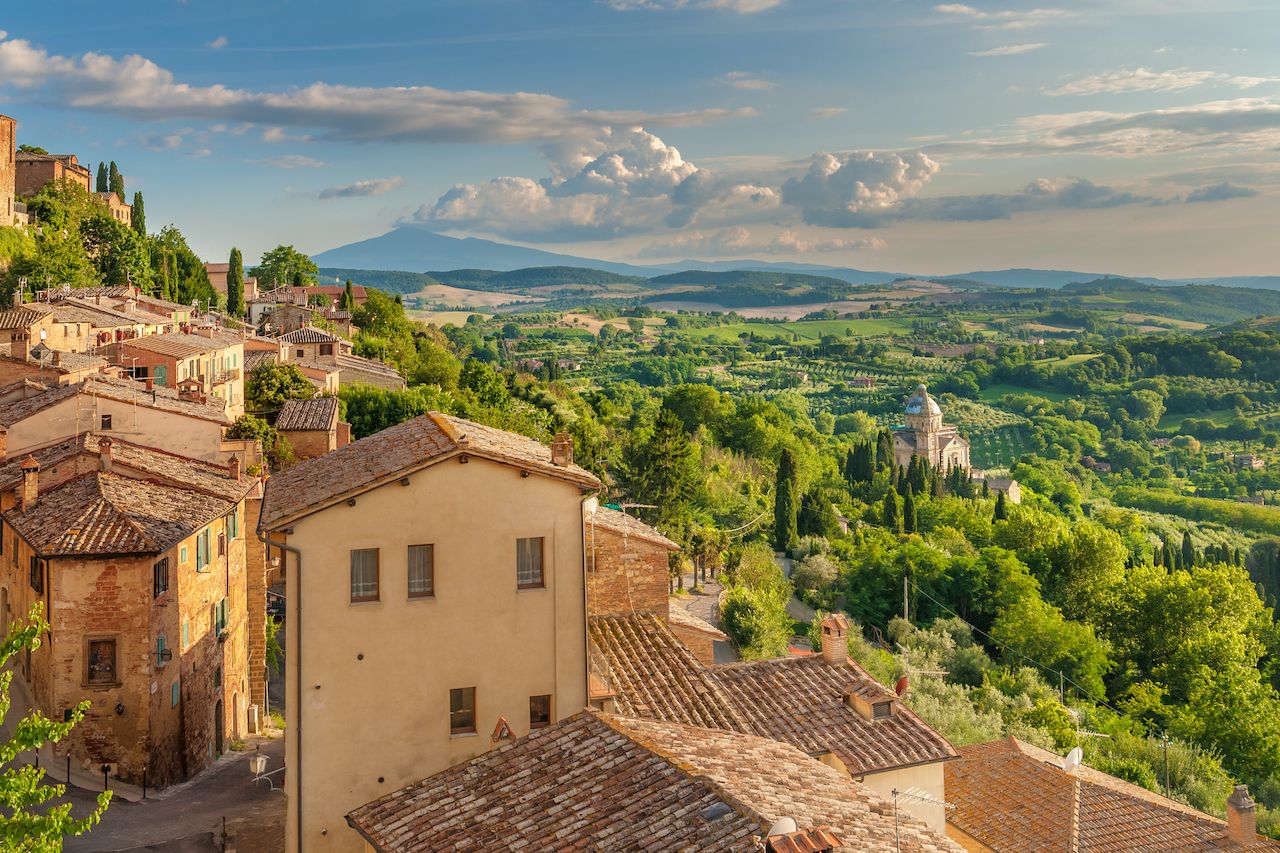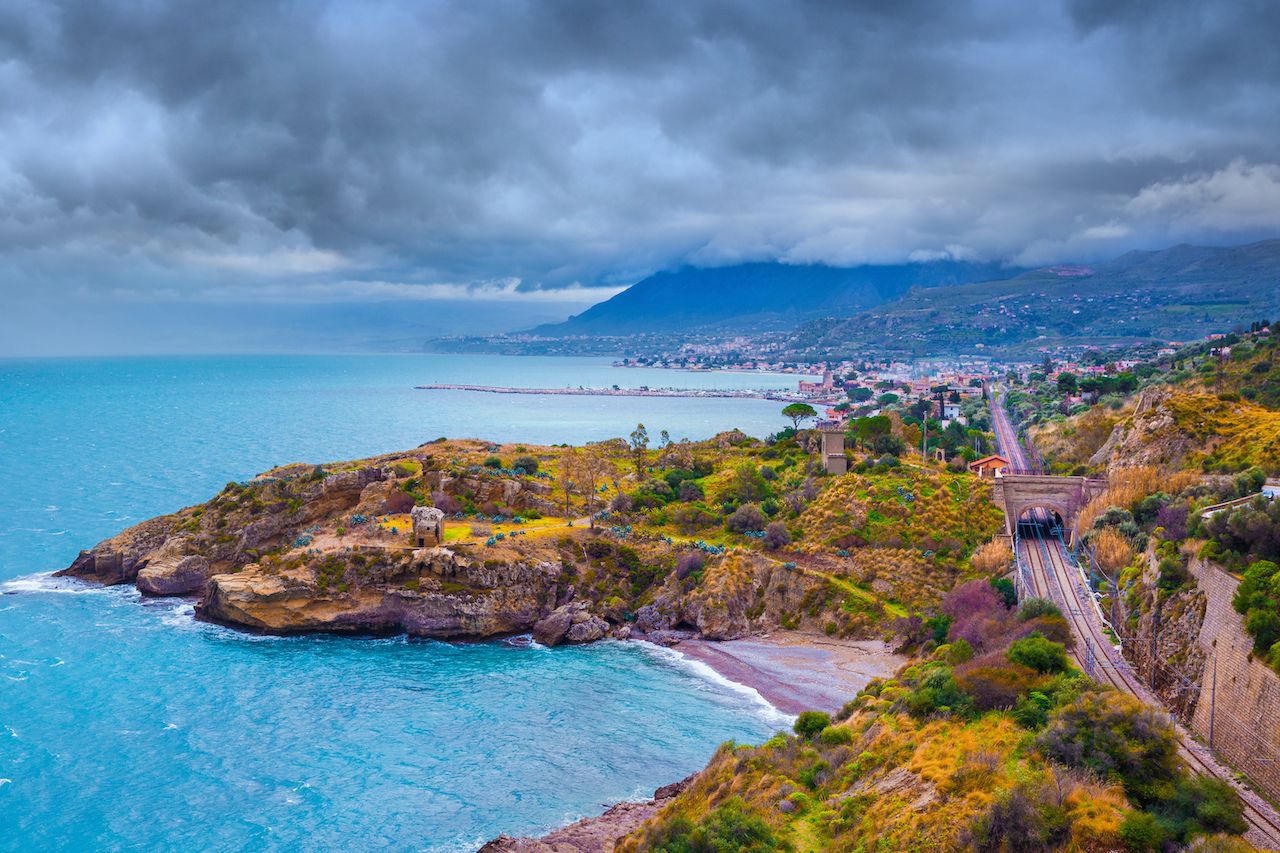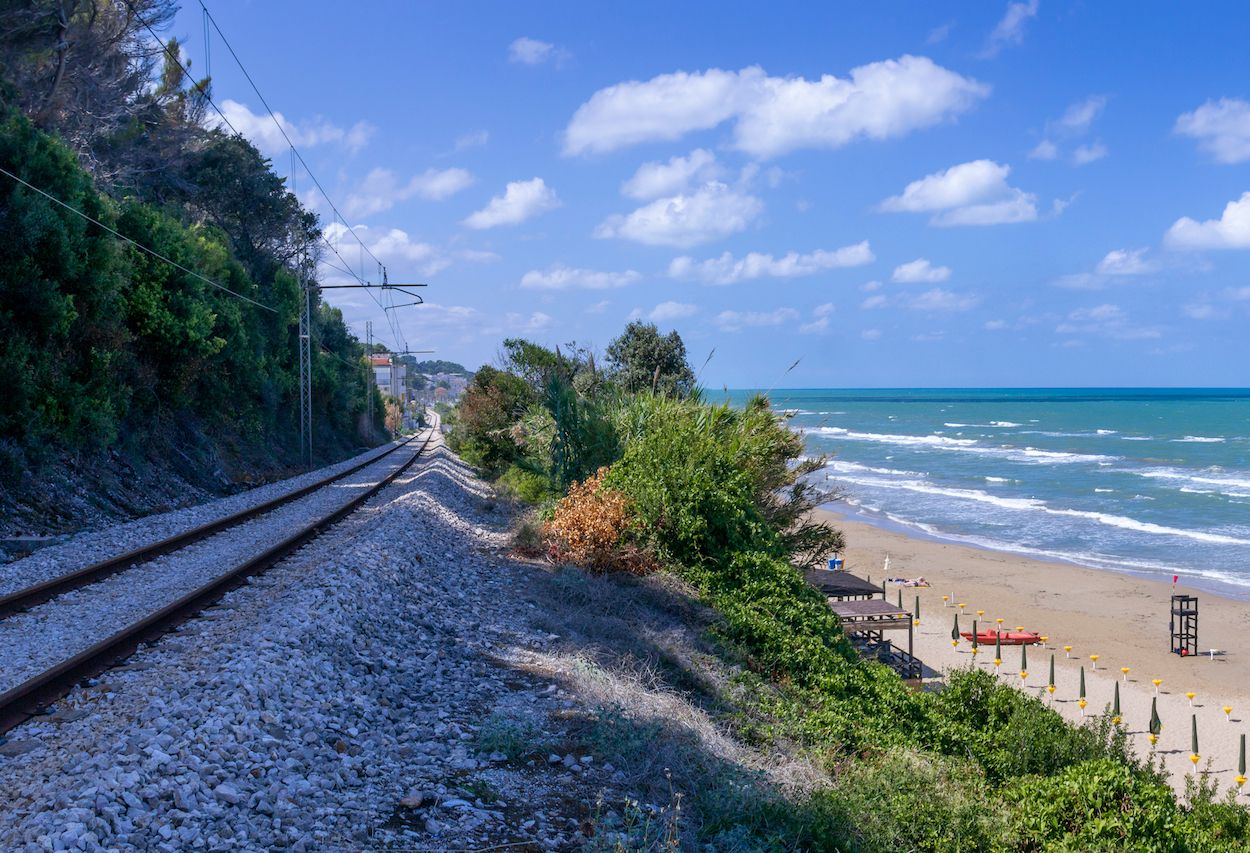Italy’s major appeals are its landscapes, food, and rich history. By taking the best train trips in Italy, you’ll get to give into la dolce vita and enjoy all three at a leisurely pace.
One thing to note: Though the country has a vast and dense train network, there are frequent disruptions, delays, and sometimes replacement bus services, so it’s good to have a zen attitude and a flexible itinerary.
